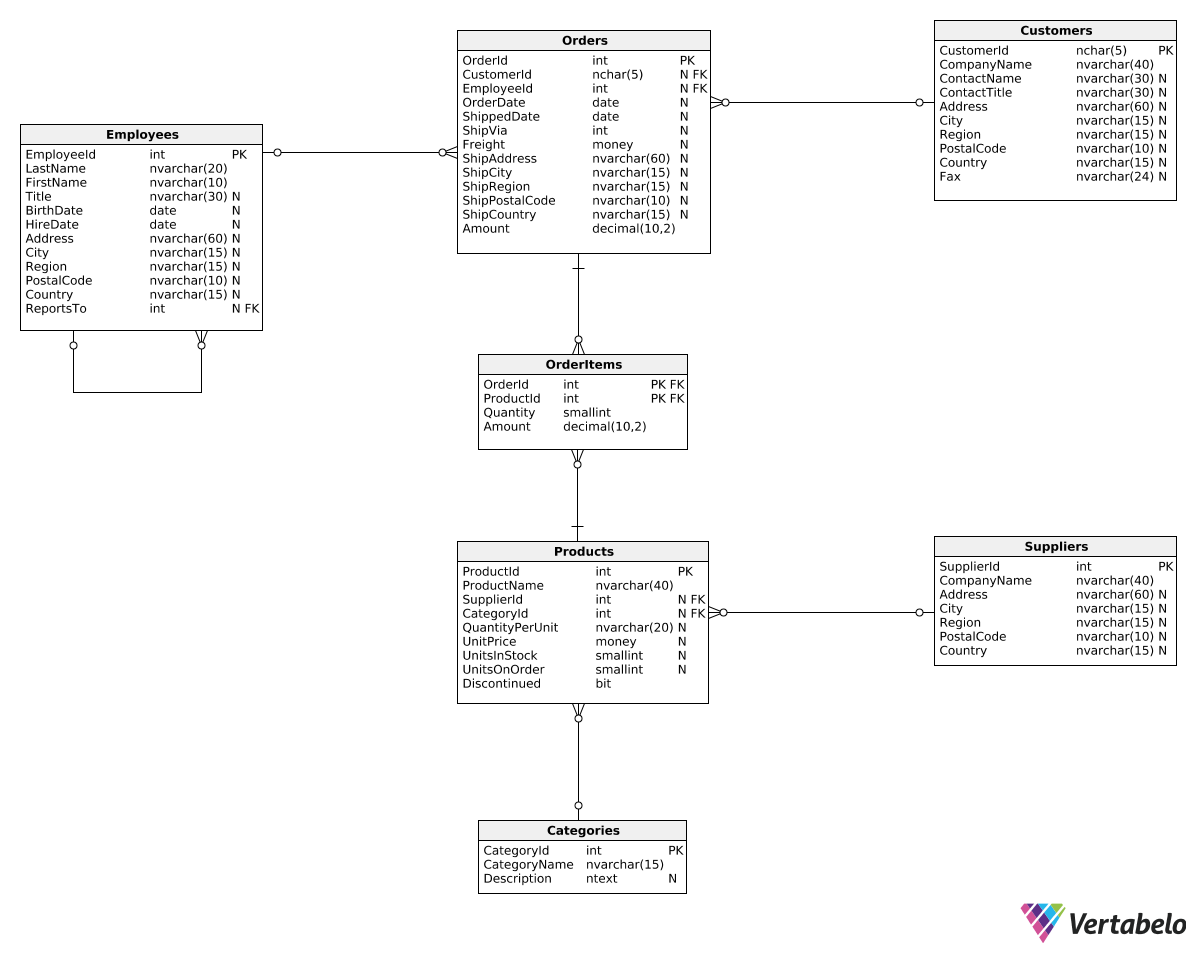Now that we know the database, let's take a look at some basic revenue metrics.
In this part we'll discuss the following revenue metrics:
- Total revenue to date – the total revenue from all orders. We'll take advantage of this metric to get to know the revenue columns in our database.
- Total revenue in a period of time – often we're interested in the total revenue for a specific period of time, e.g., for a specific month or a specific quarter.
- Total revenue for the current year, month, etc. – they show how much the company earned so far in the given current period. Commonly used report types are year-to-date, quarter-to-date, or month-to-date.
The easiest metric to compute is the total revenue to date, i.e., the total revenue from all orders. Here is a SUM() function that will calculate it:
SELECT
SUM(Amount) AS TotalRevenue
FROM Orders;
You could also use the OrderItems table to get the same result:
SELECT
SUM(Amount) AS TotalRevenue
FROM OrderItems;
As you can see, we only need to sum all values from the Amount column of the Orders or OrderItems tables to get the revenue-to-date value. We can also add a WHERE clause to find the revenue-to-date for specific orders, for instance:
SELECT
SUM(Amount) AS TotalRevenue
FROM Orders
WHERE ShipCountry = 'USA';
The query above finds the revenue to date for orders shipped to the USA.


